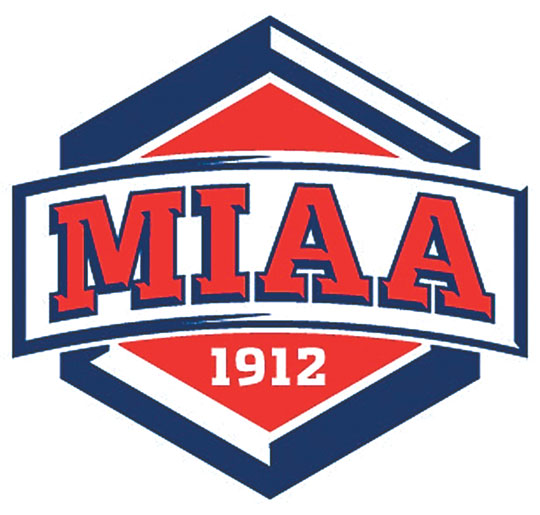Further MIAA expansion a possibility
July 5, 2010
Less than a month after Nebraska and Colorado left the Big 12 for the Big Ten and Pac 10, respectively, conference expansion is once again an area of interest—this time in Division II.
The MIAA, which is officially expanding to 12 schools this school year in every sport but football, is considering the addition of a few more schools than originally planned. Lincoln, a member of the MIAA for 29 years until it left in 1999 to join the Heartland Conference, is returning to the MIAA in all sports except football, which will not become affiliated with the MIAA until the 2011 season. Southwest Baptist is in a similar boat, as it will not become affiliated with the MIAA in football until the 2013 season.
According to an article by Ken Corbitt in the Topeka Capital-Journal, however, four more schools have expressed interest in joining the MIAA: Central Oklahoma and Northeastern (Okla.) State from the 16-member Lone Star Conference, Nebraska-Kearney from the Rocky Mountain Athletic Conference and Lindenwood, Mo., an NAIA school from the Heart of America Athletic Conference—the same conference as Baker University in Baldwin, Kan.—that is seeking NCAA Division II status.
In another article published by the Tahlequah Daily Press in Oklahoma, Northeastern State director of athletics Jeff Konya was quoted as saying: “We did submit a letter of interest to the MIAA to explore if there is a common ground between all parties there for a fit potentially down the road. But we do not have an active or actionable application with the MIAA right now.”
Currently, none of the schools have submitted an active or actionable application with the MIAA.
“For us, it’s still a struggle because of our location,” Nebraska-Kearney director of athletics Jon McBride told the Kearney Hub. “We need to look at the travel models pretty hard … and see what the MIAA could offer us.”
If all four schools joined the conference, the MIAA would essentially become a power conference in Division II athletics. The Lone Star conference, currently sitting at 16 members after the recent addition of Incarnate Word from the Heartland Conference, would drop down to 14 schools if Central Oklahoma and Northeastern State decided to join the MIAA. There have also been talks about three of the other four Oklahoma teams in the conference combining with six Arkansas schools from the Gulf South Conference to create their own conference, which would drop the Lone Star’s membership down to 11 schools. Barring further expansion by the Lone Star Conference, the MIAA would become one of the largest and perhaps toughest conferences in Division II athletics.
Similar to the Division I conference expansion plans that never quite panned out, the loss of five schools by the Lone Star Conference would have a large impact of postseason play around the league. At the end of last season, three Lone Star Conference teams made the NCAA playoffs in the Super Regional Four, while only one MIAA team (Central Missouri, 11-0, MIAA champion) made the playoffs in the same region. Abilene Christian, the No. 6 seed in the Super Regional Four and final team to qualify for the playoffs, had an 8-3 record. MIAA schools Washburn, Missouri Western and Central Missouri had the same record but were not chosen by the committee.
“The committee chose to go with three Texas schools, which that’s the first time that’s ever happened,” said Washburn head football coach Craig Schurig following the committee’s selection. “We [the MIAA] were shut out.”
If the MIAA were to expand, the strength of schedule would become tougher for the current MIAA teams, with the Lone Star Conference’s becoming simultaneously weaker. The end result is that MIAA teams would more likely be preferred over Lone Star teams by the committee.



